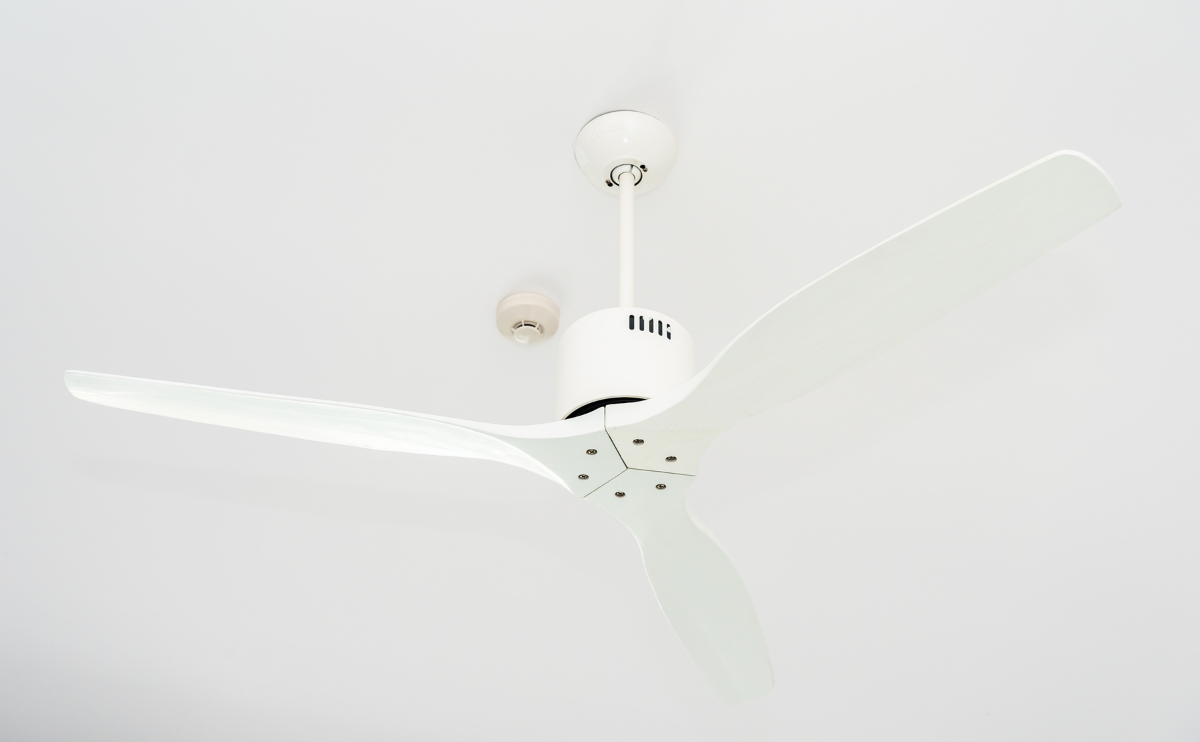Creating a bright, welcoming home environment is easier than ever thanks to advances in LED lighting technology. LED lights are energy-efficient, long-lasting, and versatile, making them a perfect choice for modern homes. Here are some tips to help you make the most of LED lighting in your space.
Choose the Right Color Temperature
LED lights come in a range of color temperatures, measured in Kelvin (K). The color temperature affects the ambiance of your room:
- Warm White (2700K-3000K): Creates a cozy and inviting atmosphere, ideal for living rooms and bedrooms.
- Cool White (3500K-4100K): Provides bright, clean light, perfect for kitchens and bathrooms.
- Daylight (5000K-6500K): Mimics natural daylight, great for home offices and reading areas.
Select the color temperature that suits the function and mood of each room.
Use Dimmable LEDs
Dimmable LED lights give you control over the brightness level, allowing you to create different atmospheres and save energy. Ensure that you use compatible dimmer switches designed for LEDs to avoid flickering and extend the life of your bulbs.
Focus on Layered Lighting
Effective lighting design involves layering different types of light sources to create a balanced and functional space:
- Ambient Lighting: The main source of light, usually provided by ceiling fixtures or recessed lights.
- Task Lighting: Focused light for specific tasks such as reading, cooking, or working. Desk lamps, under-cabinet lights, and pendant lights are great examples.
- Accent Lighting: Highlights architectural features or artwork. Use LED strip lights, spotlights, or wall sconces to add depth and interest.
Combining these layers will enhance the overall ambiance and functionality of your rooms.
Incorporate Smart LED Bulbs
Smart LED bulbs offer convenience and customization. With a smartphone app or voice control, you can adjust brightness, change colors, and set schedules. This is particularly useful for creating different moods or automating your lighting to match your daily routine.
Highlight Architectural Features
Use LED lighting to draw attention to unique architectural features in your home. Cove lighting, for instance, can emphasize ceiling details, while LED strip lights can outline staircases or under-cabinet areas, adding a modern touch and improving safety.
Save Energy with Motion Sensors
Install LED lights with motion sensors in hallways, closets, and outdoor areas to save energy and increase convenience. These sensors ensure that lights are only on when needed, reducing electricity consumption and extending the life of your bulbs.
Opt for High-Quality LEDs
Not all LEDs are created equal. Choose high-quality LED bulbs from reputable manufacturers to ensure better performance, color accuracy, and longevity. Look for Energy Star certification to guarantee energy efficiency and reliabilit
Experiment with Decorative LED Fixtures
LED technology allows for innovative and stylish light fixtures that can serve as focal points in your home. Consider LED chandeliers, pendant lights, or modern floor lamps to add a touch of elegance and personality to your space.
Use LEDs Outdoors
LEDs are also great for outdoor lighting. They are durable, weather-resistant, and provide bright illumination. Use them for landscape lighting, path lights, or porch lights to enhance curb appeal and improve security.
Consider Health and Well-being
Proper lighting can impact your health and well-being. Use LED lights that offer features like adjustable color temperatures or circadian rhythm support. These lights can help regulate your sleep patterns and improve overall well-being by mimicking natural light throughout the day. By following these tips, you can transform your home into a bright, welcoming, and energy-efficient haven. LED lighting not only enhances the aesthetics of your space but also offers practical benefits that make your home more comfortable and enjoyable.



